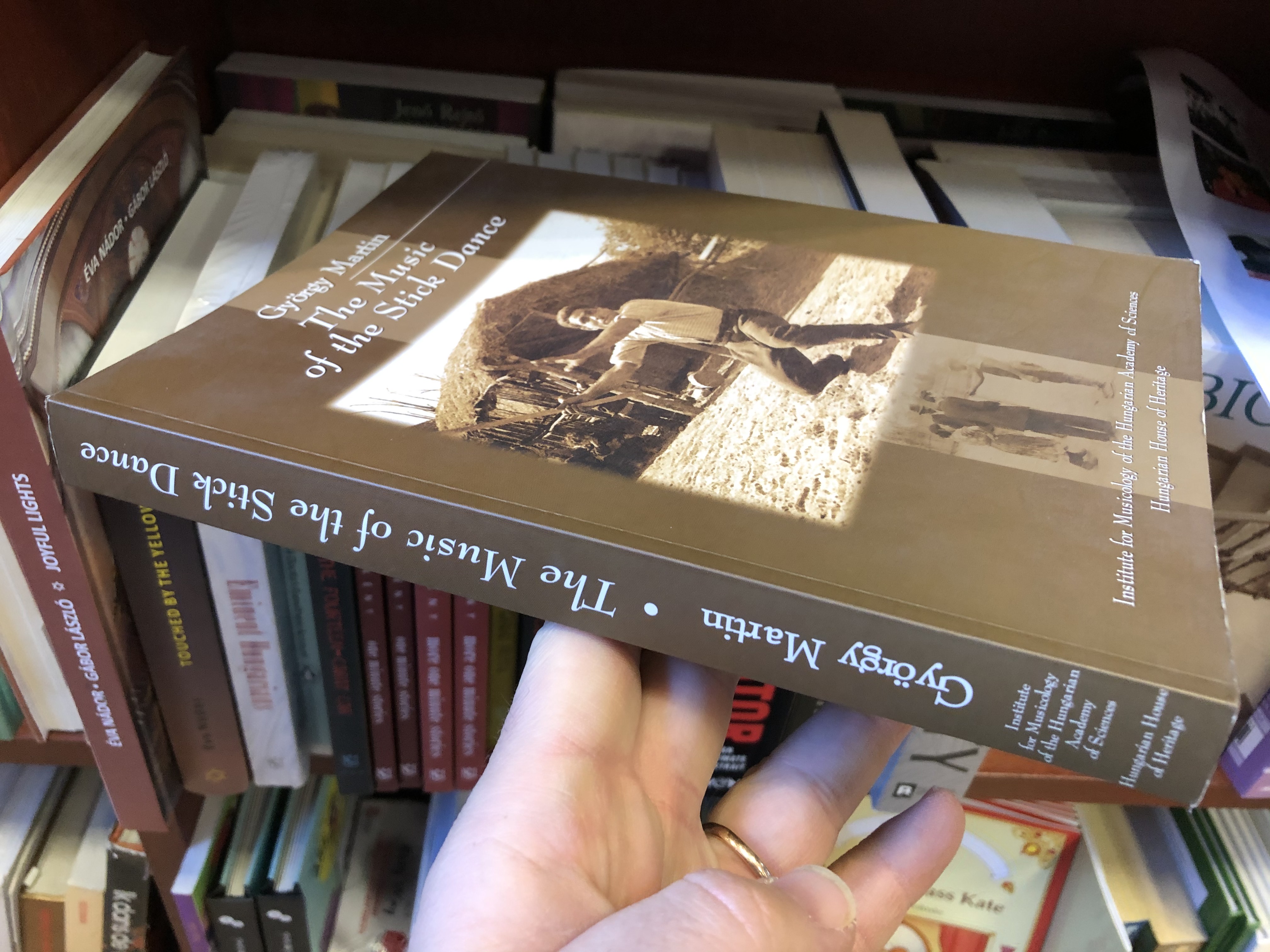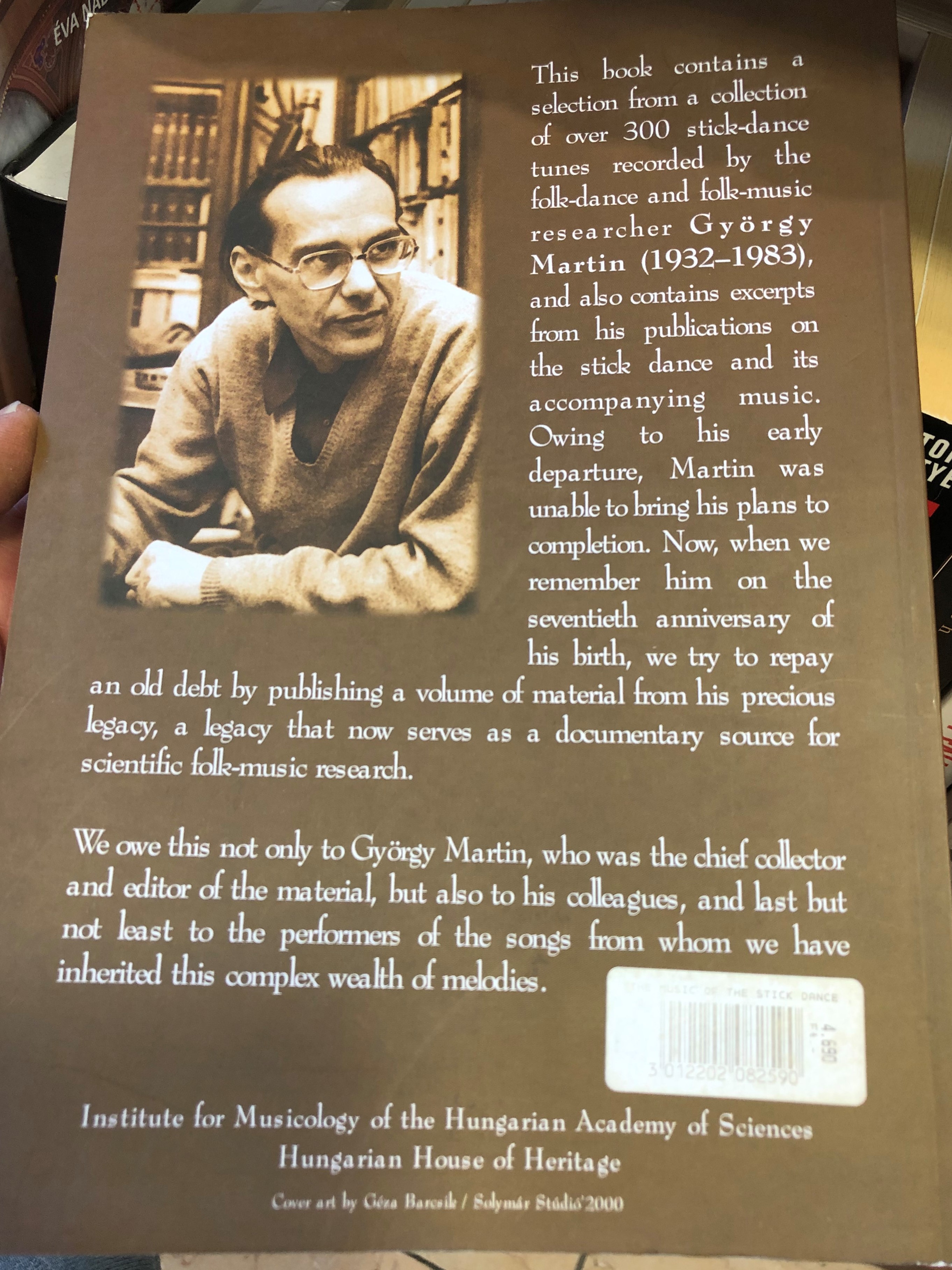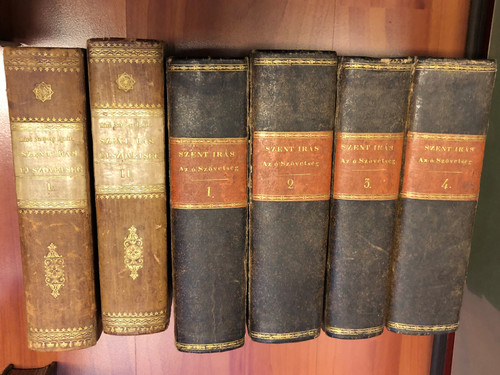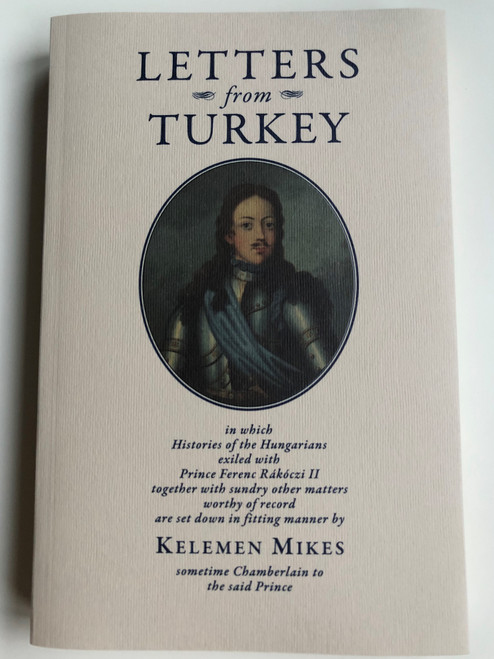Stick Dance
The first dance to emerge from Hungarian historical source material is the sixteenth- and seventeenth-century Heyduck dance. This dance has been interpreted as a shepherd – soldiers’ weapon dance, but in a wider sense it also represents the general folk dance style of the period. According to the historical accounts, male dancers, both alone and in groups, performed acrobatic configurations virtuostically whirling their weapons, and combining free-form compositions (Martin 1979: 8). The handling of the weapon is reminiscent of combative, fencing movements and could be performed by male groups or in pairs which included women. The dance includes forceful, acrobatic stamps and charismatic gestures of the arms and rhythmical shouts. The popular instruments of the era such as the bagpipes (tárogató), fiddles or the drum were also part of this Hungarian Dance Song style.
Among the numerous Eastern European instrumental weapon dances, the Stick Dance merits the most attention.
‘The stick dances of those shepherds and gypsies dwelling in the countryside that borders the Great Plain to the north-east represent the richest and most integral of Eastern European weapon dances.’ (Martin, 1979)
Martin also explains that for two or three decades the best stick dancers emerged from among the Bereg, Szatmdr, Nyirsdg half-breed ‘shepherd-gypsies’ as well as the coppersmith bell pourers and the trough scoopers. The Botoló dances of the north-eastern region of the Great Plains (mainly the Szatmár region) and the Kanásztánc (Swineherdsmen's Dance) of Transdanubia (mainly the Somogy region) are living proof of the wild Heyduck dances of old times.
About the Author:
György Martin
The book also contains excerpts from his publications on the stick dance and its accompanying music. Owing to his early departure, Martin was unable to bring his plans to completion. Now, when we remember him on the seventieth anniversary of his birth, we try to repay an old debt by publishing a volume of material from his precious legacy, a legacy that now serves as a documentary source for scientific folk-music research.
We owe this not only to György Martin, who was the chief collector ond editor of the material, but also to his colleagues, and (last but not least to the performers of the songs from whom we hove inherited this complex wealth of melodies.















